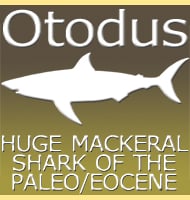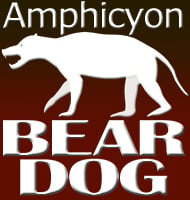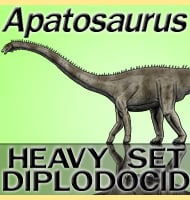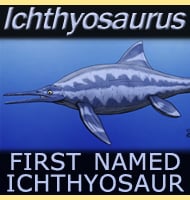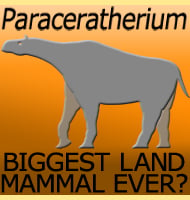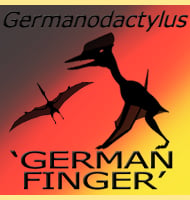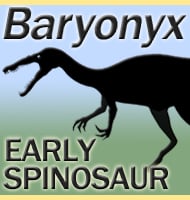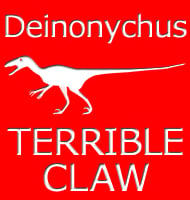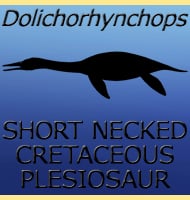In Depth
Thalassiodracon fossils were first identified and described as belonging to a species of Plesiosaurus by Richard Owen in 1840. It was not until over one and a half centuries later that the actual description of the fossils belonging to a distinct genus would come to pass. In addition to this several more species of Plesiosaurus are now identified as represented by actual specimens of Thalassiodracon. Many of these former Plesiosaurus species were named all the way back in the nineteenth century when Plesiosaurus was still very new to science and was already suffering the effects of being a ‘wastebasket taxon’ where anything remotely similar to the type fossils were immediately lumped into the genus as a new species. Thalassiodracon is an interesting genus, one that some have identified as a plesiosaur despite most others considering the genus to actually represent a pliosaur. The main difference between the two groups is that plesiosaurs developed longer necks and smaller heads for more efficient hunting of fish, while pliosaurs had shorter necks and proportionately larger heads for hunting larger marine creatures, including plesiosaurs. Thalassiodracon is quite primitive in its development which means that the dividing line between plesiosaur and pliosaur is more blurry in this genus. However, the skull of Thalassiodracon is noted for being quite large in relation to the body, a feature that has been identified as tipping Thalassiodracon over to the pliosaurs.
Although possibly a primitive pliosaur, the small size of Thalassiodracon meant that it was still probably a hunter of fish and maybe smaller marine reptiles, including small juveniles of larger genera. Later pliosaurs such as Pliosaurus and Brachauchenius would grow to much larger sizes and fulfil niches amongst the apex predators of the Mesozoic oceans.
Thalassiodracon quite simply means ‘sea dragon’, while the type species name T. hawkinsi is in honour of Thomas Hawkins, the person who discovered the first Thalassiodracon fossils.
Further Reading
- Report on British fossil reptiles - Richard Owen - 1840. - A juvenile plesiosaur (Plesiosauria: Reptilia) from the Lower Lias (Hettangian: Lower Jurassic) of Lyme Regis, England: a pliosauroid-plesiosauroid intermediate? - A. R. I Cruickshank - 1994. - Cranial anatomy of a new plesiosaur genus from the lowermost Lias (Rhaetian/Hettangian) of Street, Somerset, England - G. W. Storrs and M. A. Taylor - 1996. - Cranial anatomy of Thalassiodracon hawkinsii (Reptilia, Plesiosauria) from the Early Jurassic of Somerset, United Kingdom - R. B. J. Benson, K. T. Bates, M. R. Johnson & P. J. Withers - 2011. - Faunal turnover of marine tetrapods during the Jurassic–Cretaceous transition - R. B. J. Benson and P. S. Druckenmiller - 2013.

